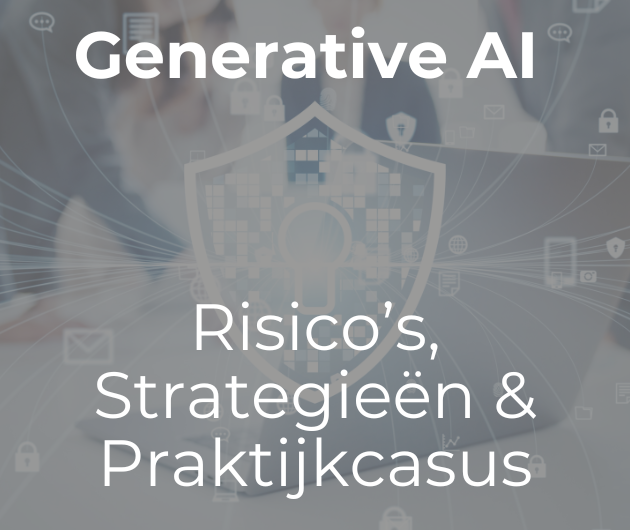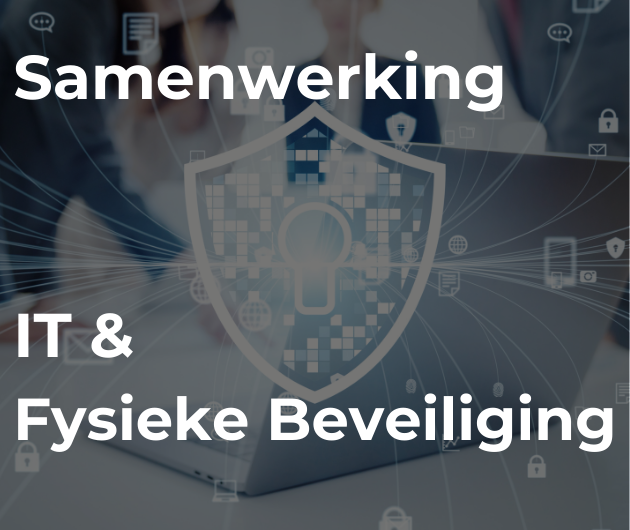It used to be said that no one got fired for choosing IBM and the same is true of Microsoft today.
There were and still are better alternatives, much better in a lot of cases. But it is safe to be in the mainstream and there are dangers of going with the best if the supplier involved cannot reach the critical mass needed to stay in business. There is nothing worse for a user than having the supplier of a key product go out of business. It is true of hardware but much worse for software because in the end that is the application as viewed by the business. It isn’t trivial to replace the hardware, but unless the software is very unusual it can be ported to another platform. Replacing the application software with a different but functionally similar product involves far more than the purchasing of the new application, it requires training, database building, different maintenance and usually some serious changes to the automated (batch) operations.
The advantage offered by sticking with Microsoft, IBM, Oracle, SAP, etc. is in the main the knowledge that they will be there for quite a long time to come, if not forever. They will certainly last the life of any application. The disadvantage is that these larger companies know their strength and charge for it accordingly. But worse, they seldom produce the best products. One reason for their continued success is in all cases the ability to create products that appear satisfactory until they are in use (when it is too late to change), but which leave a lot of room for improvement. This then creates the market for selling upgrades to the products, either via new releases incompatible with the current release in subtle ways, or by charging maintenance fees. Imagine the horror inside Microsoft if someone suggested releasing a functional word processor designed for users. Why would anyone want to upgrade such a product, so where would next years revenue come from?
It is a clever balancing act that the bigger software companies perform. They are particularly aware of what each other are up to and can adjust specifications and pricing to keep in the game. It is in fact a cartel dominated by American companies.
The smaller companies can in general produce more advanced products, often because they are start-ups and have no older products to support. This is in fact the dilemma a user organisation faces. They have better products but why don’t they have any older products? The answer is that they are usually start-ups, but this is what all the earlier interesting companies were and they have disappeared!
Occasionally the start-ups succeed in their own rights. They see a new market before the others which grows fast enough to keep them profitable enough to continue. Recent examples are Adobe, EMC and BEA, but the biggest is Cisco. How did IBM miss the growth of the communications industry outside SNA?
However the large number of start-ups is in fact just what the big boys want. It is the innovative, flexible companies that spot the new requirements first, often because they come out of University research labs. They can find a market for their products because the big boys have nothing to offer. However, once the need is established and the market size shown to be big enough, then the big boys can move in one of two ways. They can either set up specialist development teams of their own (which usually is too slow), or they can buy one of the successful (but usually short of cash) start-ups. The number of smaller companies that have been absorbed into Microsoft and IBM alone is vast. With the exception of Lotus they are subsumed into the new owner and lost as an identity for ever. More often than not, the products disappear to reappear in a different guise later. Word, Excel, SQL Server, are typical examples of products bought in order to kick start a new market.
The effect of all this is that IT departments still have a big choice and that they can be prepared to take a chance in many situations with new products. Investment in OSS systems and applications is a prime example. But do note how IBM and others are exploiting OSS simply to put the brakes on Microsoft. Nothing changes much, does it?
Martin Healey, pioneer development Intel-based computers en c/s-architecture. Director of a number of IT specialist companies and an Emeritus Professor of the University of Wales.








